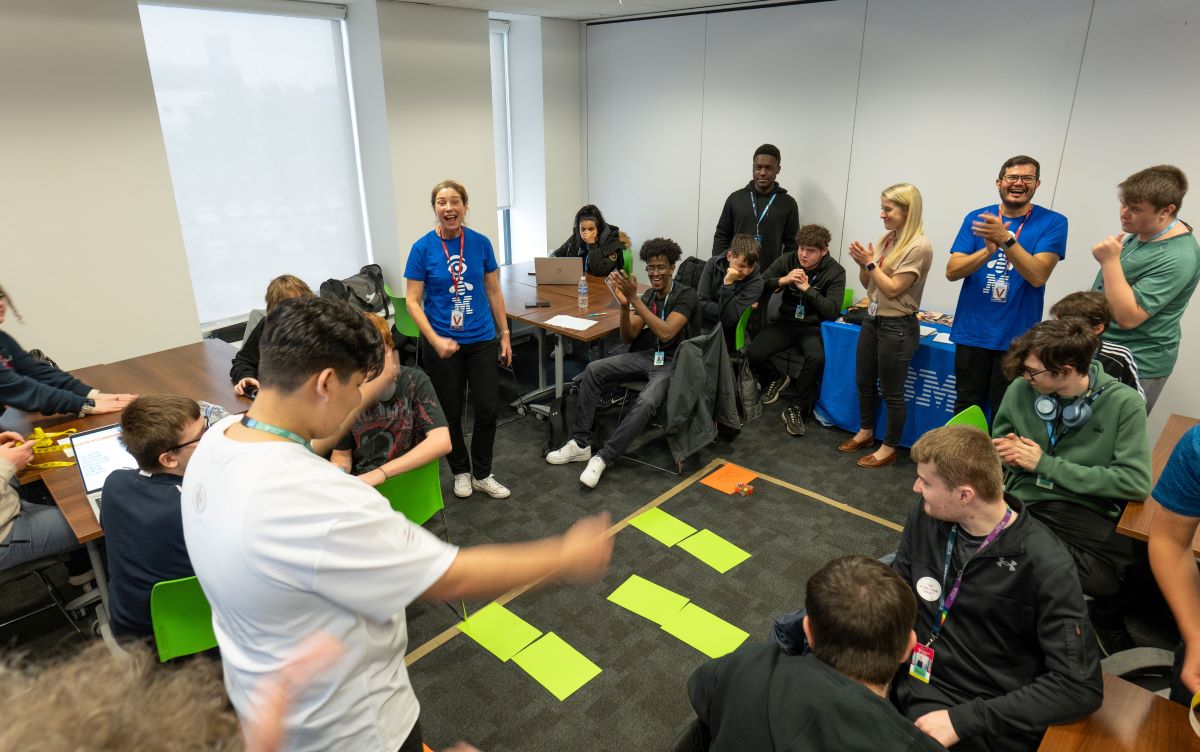Embed microcredentials into lifelong learning for optimal skill-building

Instructure’s Stephan Fortier discusses the value of microcredentials in ensuring the success of lifelong learning policy and embedding upskilling into the UK’s education system, owing to the growing skills gap blighting the UK economy and its flexibility.
The Changing Work Landscape and the Need for Reskilling
The last decade has seen unprecedented change with emerging technologies and the rise of generative AI as a tool for work. It is clear to see the work landscape in the UK and beyond is undergoing vast transformational change that is only expected to continue. The UK’s life expectancy and state pension age is increasing, and there is a growing risk that qualifications and skills will become redundant throughout an individual’s career. In fact, one report found that 73 per cent of organisations in the UK are already facing skills shortages. The solution to this is simple: reskilling – but what is the most effective way to reskill the workforce to meet the fast-changing demands of businesses?
Challenges with the Lifelong Learning Entitlement (LLE)
The Lifelong Learning Entitlement (LLE) is a step in the right direction in overcoming the fundamental barriers to upskill; however, there are challenges within the proposition. For example, funding currently only applies to modules that are part of a parent programme and doesn’t include flexibility to take on independent courses in emerging industries, which have the greatest potential to solve the market’s skills gaps. Additionally, the part-time or one-off learning opportunities individuals do decide to take on must carry a minimum of 30 credits per course, translating to 300 hours of study which is a significant investment of both time and funding. Such a policy framework may not do enough to help those who are unable to take extensive time off or have the capacity to undertake these larger courses.
The Potential of Bitesized Courses
As one of the world leaders in education, the United Kingdom has the potential to blaze a trail in flexible lifelong learning opportunities that don’t require lengthy time commitments; a goal which isn’t too far off. An increasingly effective form of flexible learning that works around existing careers and time constraints is ‘bitesized’ courses. These types of learning opportunities are time-efficient ways to gain a tangible new skill or qualification within cutting-edge subjects and industries such as AI, Blockchain or UX design. Short courses can also be taken in tandem with a longer degree or certification or completed alongside one’s regular job, as they offer high flexibility and can be combined to create a portfolio of targeted skills.
The Awareness Gap Around Microcredentials
A recent report from Instructure – which included insights from Higher Education Policy Institute (HEPI), Cranfield University, K16, and Hanover Research- showcased the current lifelong learning landscape, and the benefits microcredentials can offer in the UK. Instructure’s research found that the main challenge surrounding these bitesized learning opportunities at the moment is awareness. In the same way, within the workforce, a different research found that only 17 per cent of employers were aware of microcredentials. Further to this, Instructure’s study found among students enrolled at institutions offering microcredentials, only seven per cent of students were aware of the microcredentials on offer. It’s clear that there is currently an awareness gap, but we should see this as an opportunity to market and amplify the important role that short courses can play in the future economy. What we need is collaboration across the education sector, industry and government stakeholders to highlight this exact role for reskilling and its economic benefits.
The Importance of Microcredentials for Social Mobility
A vital consideration around the importance of offering microcredentials is social mobility and ensuring that the education system is fit for everyone, regardless of background, ability or pathway. Through funded, flexible and market-relevant courses we can equip people with highly valued skills that will enable them to get better-paid jobs.
Facilitating Microcredentials Through Technology
Facilitation of microcredentials is the next hurdle. While microcredential providers can improve their offerings and work to increase awareness and accessibility, it is also essential to employ a robust Virtual Learning Environment (VLE) to facilitate courses and content. A fully-featured VLE will allow institutions to not only offer an accessible framework but will also provide secure digital credentialing features that can track completed microcredentials, stack them into skill portfolios and ensure they are validated and transferable to other institutions. Having these Edtech provisions in place enables learners to easily carry their qualifications with them throughout their careers and increases the attractiveness of these qualifications as a means to upskill.
The Path Forward: Cross-Sector Collaboration
Bringing microcredentials to the front bench of education will require cross-sector collaboration, enticing government, universities and businesses to work together to establish best practices for bitesized learning opportunities that will fill the growing skills gaps within the job market. The LLE should also fund bitesized learning opportunities carrying a minimum of five credits, rather than 30, which translates to only 50 hours of learning. Additionally, these courses should be benchmarked against nationwide, up-to-date governing standards which outline the transferability and lifespan of each skill or qualification, allowing full awareness for learners choosing the best path for them.
Conclusion
Lifelong learning is a brilliant way to meet the demands of the job market whilst also supporting learners to have thriving and evergreen careers. It has been pleasing to see the Government begin to take action, as well as Labour’s commitments to skills, but much more can and should be done. By working together to embed bitesized learning opportunities within the framework of lifelong learning, we can confidently usher in each new wave of innovation with a skilled and agile workforce.
By Stephan Fortier, Regional Vice President for UK and Europe, Instructure











Responses